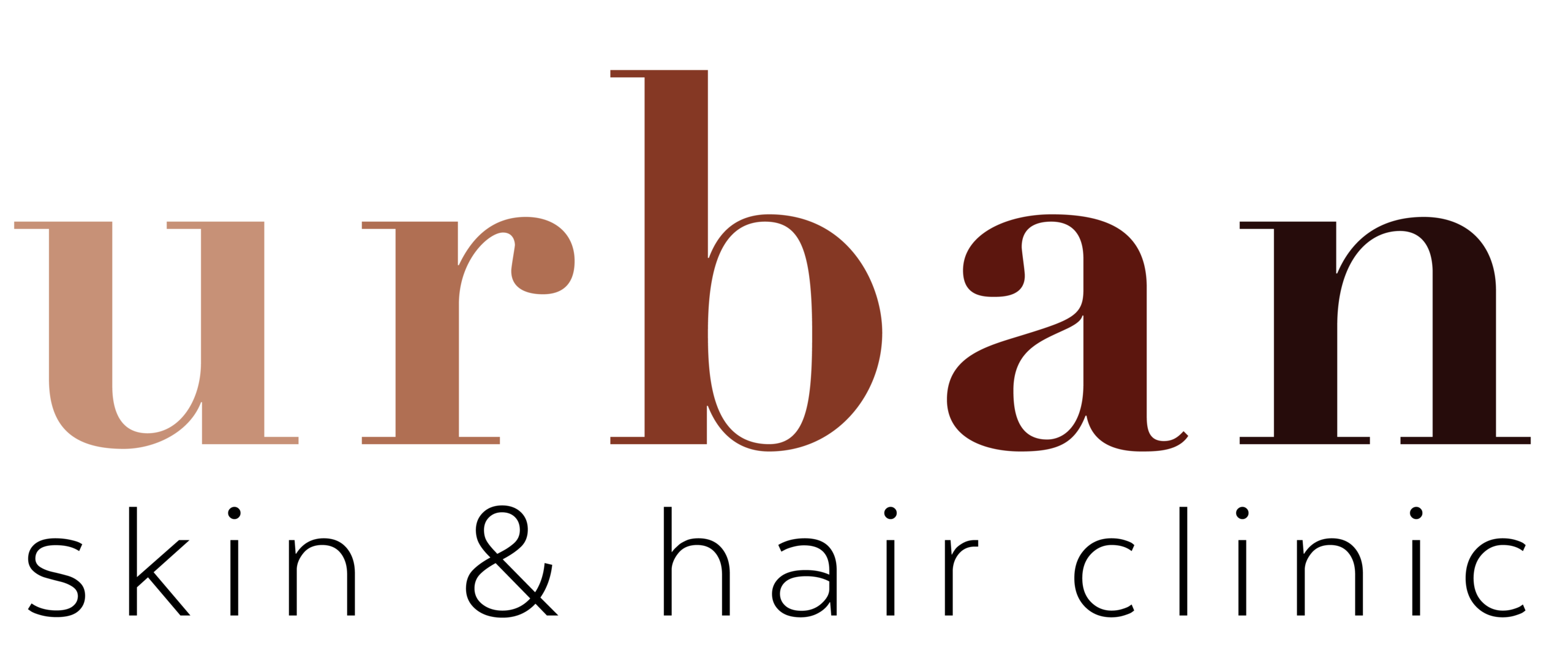
What Is Lichen Planus?
Lichen planus is a chronic, inflammatory skin condition that can affect various parts of the body. It is characterized by the development of itchy, flat-topped, purple or reddish bumps or lesions on the skin, mucous membranes, hair, and nails. Lichen planus is not contagious and cannot be spread from person to person.
The exact cause of lichen planus is unknown, but it is believed to be an autoimmune disorder, where the body’s immune system mistakenly attacks its own cells and tissues. It can also be triggered by certain medications, infections, or underlying medical conditions.
The signs and symptoms of lichen planus can vary depending on the areas affected. Common sites include the wrists, ankles, lower back, inner forearm, and oral cavity. In the mouth, lichen planus can cause white, lacy patches, painful sores, or ulcers. In some cases, the condition may also involve the scalp, nails, genitals, or other areas of the body.
What are the Types of Psoriasis Vulgaris?
Lichen planus can manifest in various forms and affect different areas of the body. The different types of lichen planus include:
- Cutaneous Lichen Planus: This is the most common form of lichen planus and affects the skin. It is characterized by the presence of flat-topped, purplish, itchy papules or bumps. These papules may develop into plaques and can occur on various parts of the body, such as the wrists, ankles, lower back, and inner forearms.
- Oral Lichen Planus: Oral lichen planus affects the mucous membranes inside the mouth. It presents as white, lacy patches (reticular or lace-like lesions), redness, open sores, or ulcers on the inner cheeks, gums, tongue, or other areas of the oral cavity. It can be painful or cause a burning sensation, especially with the consumption of spicy or acidic foods.
- Nail Lichen Planus: Nail lichen planus affects the nails. It can lead to changes in the appearance of the nails, such as ridges, grooves, pitting, thinning, or nail loss. The nails may become brittle, discolored, or develop an irregular shape.
- Scalp Lichen Planus: Scalp lichen planus involves the scalp and hair follicles. It can cause redness, scaling, itching, and burning sensations on the scalp. Hair loss can occur in the affected areas, leading to patchy hair loss or even complete baldness in severe cases.
- Genital Lichen Planus: Genital lichen planus affects the genital area. It can cause redness, itching, burning sensations, and the formation of sores or erosions on the vulva, vagina, penis, or anus. It may also lead to painful intercourse or difficulty with urination.
It’s important to note that while these are the most common types of lichen planus, the condition can also affect other areas of the body, such as the esophagus, eyes, ears, and other mucous membranes.

What are the Causes of Lichen Planus?
- Autoimmune Factors: It is thought that a malfunction in the immune system plays a role in lichen planus. The immune cells target and attack the skin, mucous membranes, hair follicles, or nails, leading to inflammation and the characteristic symptoms of the condition.
- Genetic Factors: There may be a genetic predisposition to lichen planus, as it tends to occur more frequently in individuals with a family history of the condition. Certain genetic factors may make some people more susceptible to developing lichen planus.
- Medications: Certain medications, such as nonsteroidal anti-inflammatory drugs (NSAIDs), beta-blockers, and certain medications used to treat high blood pressure or heart disease, have been associated with lichen planus in some cases.
- Infections: Lichen planus may develop as a response to certain viral or bacterial infections, including hepatitis C virus (HCV), human herpesvirus (HHV-8), or dental infections. However, it’s important to note that lichen planus is not an infectious disease itself.
- Allergens: Exposure to certain allergens or irritants, such as certain metals, chemicals, or plants, may trigger lichen planus in some individuals.
- Stress and emotional factors: Stress and emotional factors are believed to play a role in the development or exacerbation of lichen planus in some cases, although the exact mechanisms are not fully understood.

signs & Symptoms Of Lichen Planus
The symptoms of lichen planus can vary depending on the affected area of the body. Here are the common symptoms associated with lichen planus:
- Skin Lesions: Lichen planus typically presents as small, flat-topped, polygonal bumps or papules that may be shiny or scaly. These lesions are usually purplish, reddish, or brownish in color. They can occur on the inner wrists, ankles, lower back, inner forearms, and other areas of the body.
Itching: The affected skin may be itchy, leading to discomfort and a strong urge to scratch.
- Oral Lesions: Lichen planus can affect the oral mucosa, resulting in white, lacy patches (known as reticular or lace-like lesions), open sores, or ulcers. These lesions can occur on the inside of the cheeks, gums, tongue, or other parts of the mouth. They may be painful or cause a burning sensation, especially when consuming spicy or acidic foods.
- Nail Involvement: In some cases, lichen planus can affect the nails, causing changes such as ridges, grooves, pitting, thinning, or nail loss.
- Scalp and hair involvement: Lichen planus may cause redness, scaling, and itching on the scalp, leading to hair loss in the affected areas.
- Genital Lesions: Lichen planus can also affect the genital area, leading to redness, itching, and the formation of sores or erosions.


